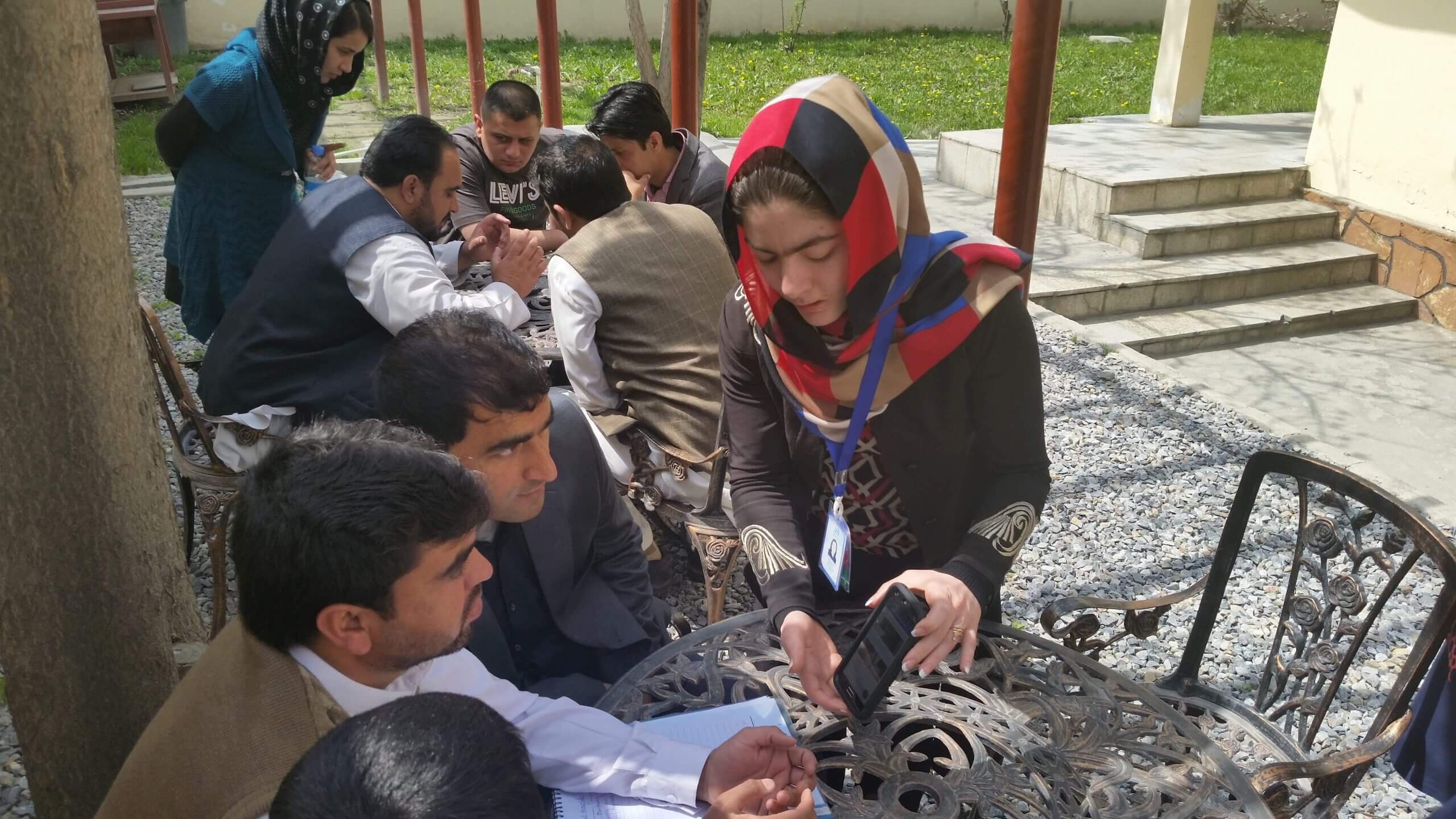California’s Supreme Court ruling that universities have a duty to protect students from foreseeable acts of violence by other students could have national implications. Protecting a student body is a difficult task given the nature of a campus environment and the size of many university operations in the United States. Creating an immediate and seamless integration between the physical campus environment and the emergency response community, in order to provide a real-time common operating picture across all safety and security stakeholders, is the first objective of Hawkeye. Maintaining a safe, secure, and vibrant learning environment for university students across the country is the ultimate goal.
In this post, we lay out the two phase plan for implementing Hawkeye, an Enhanced Situational Awareness (ESA) platform, on campuses across the country. Especially effective in active assailant events and other campus lockdown situations, our Hawkeye platform was built upon our company’s decades of collective experience in critical incident response and mitigation.
Phase 1
1.) Installation of the Hawkeye Platform at the state Emergency Operations Center (EOC), which would act as the central monitoring facility during an emergency.
A centralized monitoring system will not detract from the local emergency response. In fact, it will enable broader coordination of law enforcement response to campus emergencies as the unfold. A common operating picture also enables more efficient management of post-event resource requests from Emergency Management coordinators and local officials.
2.) Upload existing floor plans for all facilities under campus management into the Hawkeye system. Having the most accurate operational view of the physical environment gives emergency coordinators a precise understanding of where an incident is unfolding.
To complement the geospatial view already afforded by the Hawkeye Platform, Bluetooth beacons can be strategically installed throughout the inside of facilities. That way, when an alarm is triggered through the Hawkeye App, the exact location — down to the very floor and room — will be known to responders, who can then reach the incident with a more precise understanding of the threat environment.
3.) Provide Hawkeye Manager’s View to all Campus Security, University Administration, and local law enforcement. All key stakeholder groups will possess the same access to a real-time, consolidated view of the security environment. By maintaining a common operating picture across each functional role, all safety and security processes will be informed and executed with the same understanding of the situation.
4.) Introduce the Hawkeye App to students, faculty, and staff so that everyone who lives, studies, or works on campus have a common communication device integrated into the security Platform, offering an Emergency SOS button as well as the ability to provide information updates to emergency coordinators and responders via text, photo, and video.
Equipping those on campus with the Hawkeye App is critical during an emergency situation, such as an active shooter event, because updates from across the university campus can be geospatially oriented and automatically updated and shared in real-time across the local environment and the broader emergency response enterprise.
Other reporting devices are also capable of integrating into the Hawkeye Platform in the event that individuals cannot (or do not desire to) download the App. A holistic security system will equip everyone affiliated with the university with a device that can share emergency notifications and two-way informational updates.
5.) Configure all “emergency” notifications to point to 9-1-1 regional call center with simultaneous notification to the State’s Emergency Management monitoring facility. This includes after-hours alarms.
6.) Host, maintain, and provide system updates via TigerSwan’s federally compliant, encrypted cloud-based platform.
Phase 2
1.) Conduct a comprehensive assessment of the physical campus property to identify existing security vulnerabilities and document them in Hawkeye. This will inform monitoring protocols for a school’s Administration and SROs.
2.) Document and update security response plans for each school that incorporates information learned during the assessment process.
3.) Increase integration of compliant access control systems, video surveillance systems, alarm systems, personal security devices for faculty, staff, and students, automatic locking systems for university buildings that will operate within Hawkeye so that there is a unified command and control security system as opposed to disparate systems.
4.) Provide active threat training for students, faculty, and staff to ensure ongoing preparedness for emergency response procedures.
Conclusion
The duty to protect students on campus must involve bringing security systems and procedures into the 21st century. Unifying physical and cyber security technologies into a consolidated view of the campus environment will be a prerequisite to fulfilling a university’s duty of care over their students, staff, and faculty.


